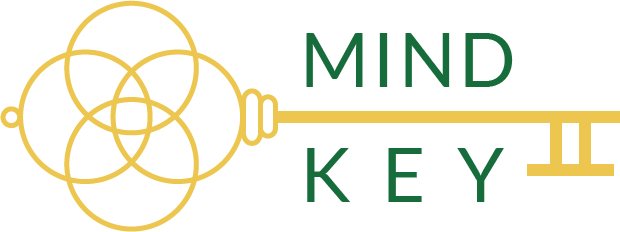A Yin/Yang Herbal
Yin and yang represent different aspects of everything that exists.
Within us we have a measure of each, and that measure changes in any given moment or situation. It’s the melding and balance of the two that is important.
 |
| In Yin and Yang, as in the ocean, the balance is ever changing |
In herbalism, there is little difference. As Charla wrote in her blog on Traditional Chinese Medicine (TCM), acupuncture, and yin and yang energy, part of healing comes from balancing these two energies inside us. We do this often without thinking. When we are dry, we drink water and moisturize. When we are overwhelmed with moisture (think runny nose, bloating, etc.), we take antihistamines, diuretics, or force perspiration with exercise or using a sauna or similar treatment.
In herbalism, certain herbs represent these qualities. For example, I am always dry. Even when I am congested, it is a dry congestion rather than a runny nose. I thrive on herbs that have yin energy to bring moisture into my hot, yang body. For example: I suffer from head congestion, and for a long time I used elderflower, which is traditionally used for this (versus elderberries, which work best in chest congestion). I had the hardest time figuring out why the herbs weren’t working. With this new Yin/Yang knowledge, I learned that it was because elderflower is hot and drying. What I needed was to reduce the heat, and bring more water and softness into my body. Elderflower was yang. I needed yin.
 |
|
| Evening Primrose (art by Danielle Rose) |
Today I use as many mucilaginous herbs as possible to combat my congestion. For example, although mullein is renown for chest congestion, it’s moisturizing properties make it spectacular for my sticky head congestion. I also add other herbs like red clover, which although not known specifically for congestion, helps move lymph while adding moisture to my body. These yin herbs also help me go with the flow, slow down, calm down, and let my body rest and do the work it needs in a subtle, gentle way.
Sometimes a body needs heat, however. Elderflower comes in and raises body temperatures so that the body can fight an infection. The ensuing perspiration can also reduce a fever if needed. It is drying and will all but eliminate runny noses. When the body is weepy and lethargic, a yang herb like elder will swoop in and spur the body into motion to fight what ails it.
Yin qualities of coolness, moisture, slowness, quietness, and calmness can be found in herbs like red clover, oat tops, blue violet, burdock, evening primrose, mullein and many others. These herbs sometimes work immediately, but sometimes take time to allow the body to heal itself.
 |
|
| Mullein (photo by Danielle Rose) |
Yang qualities of astringency, heat, activity, speed and drive come through in herbs like elder flower, nettles, motherwort, garlic and mints. They get to where they need to go and help the body get the job done quickly, hotly, and with purpose and drive.
Although these examples are from the herbal world, we can utilize yin and yang qualities to promote healing in many ways. Where else can you find examples of bringing yin and/or yang into the body to promote physical (and emotional) healing? What foods, medications, exercises or practices do you find fit into one category or another, and how do you balance them in your overall health routine?


